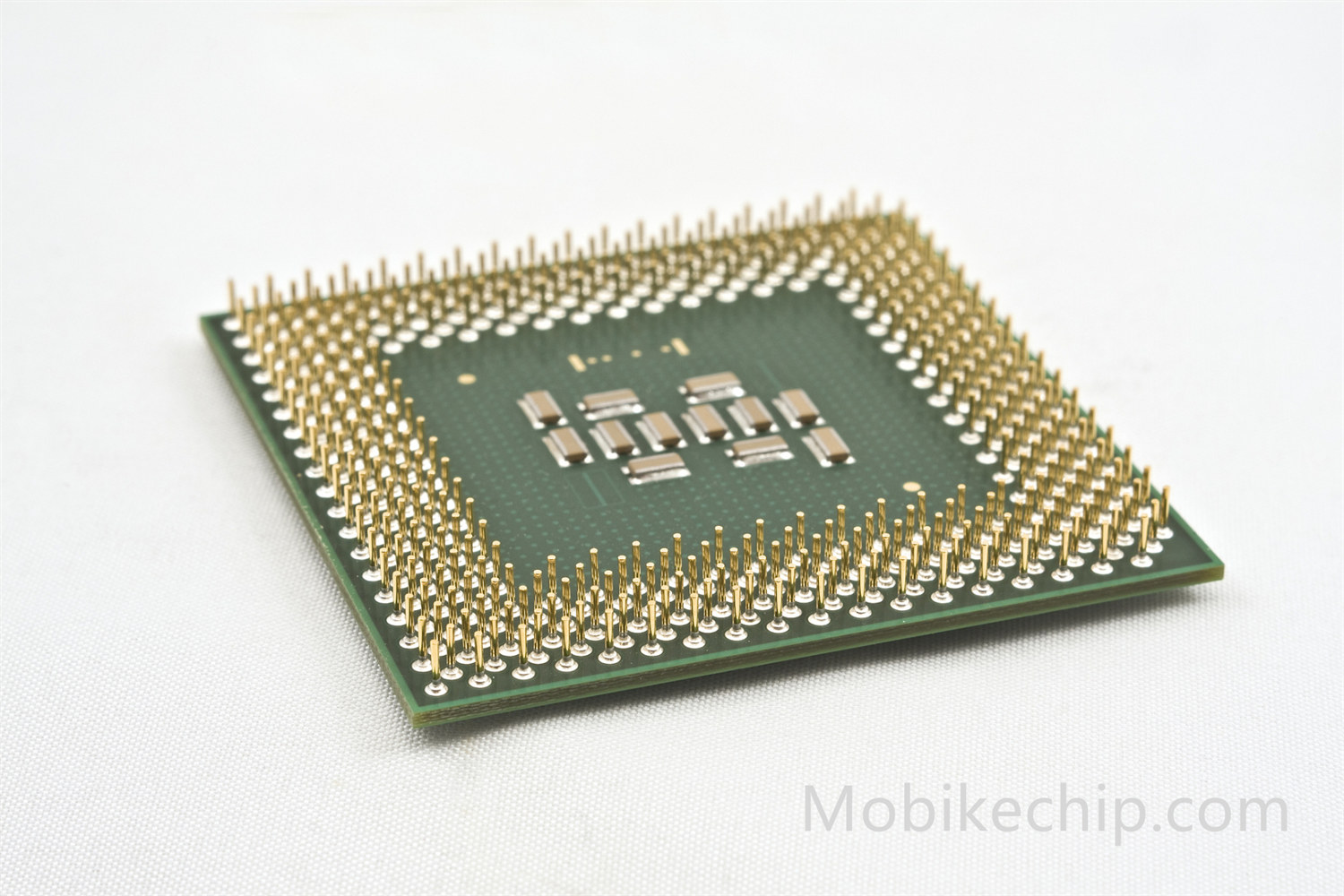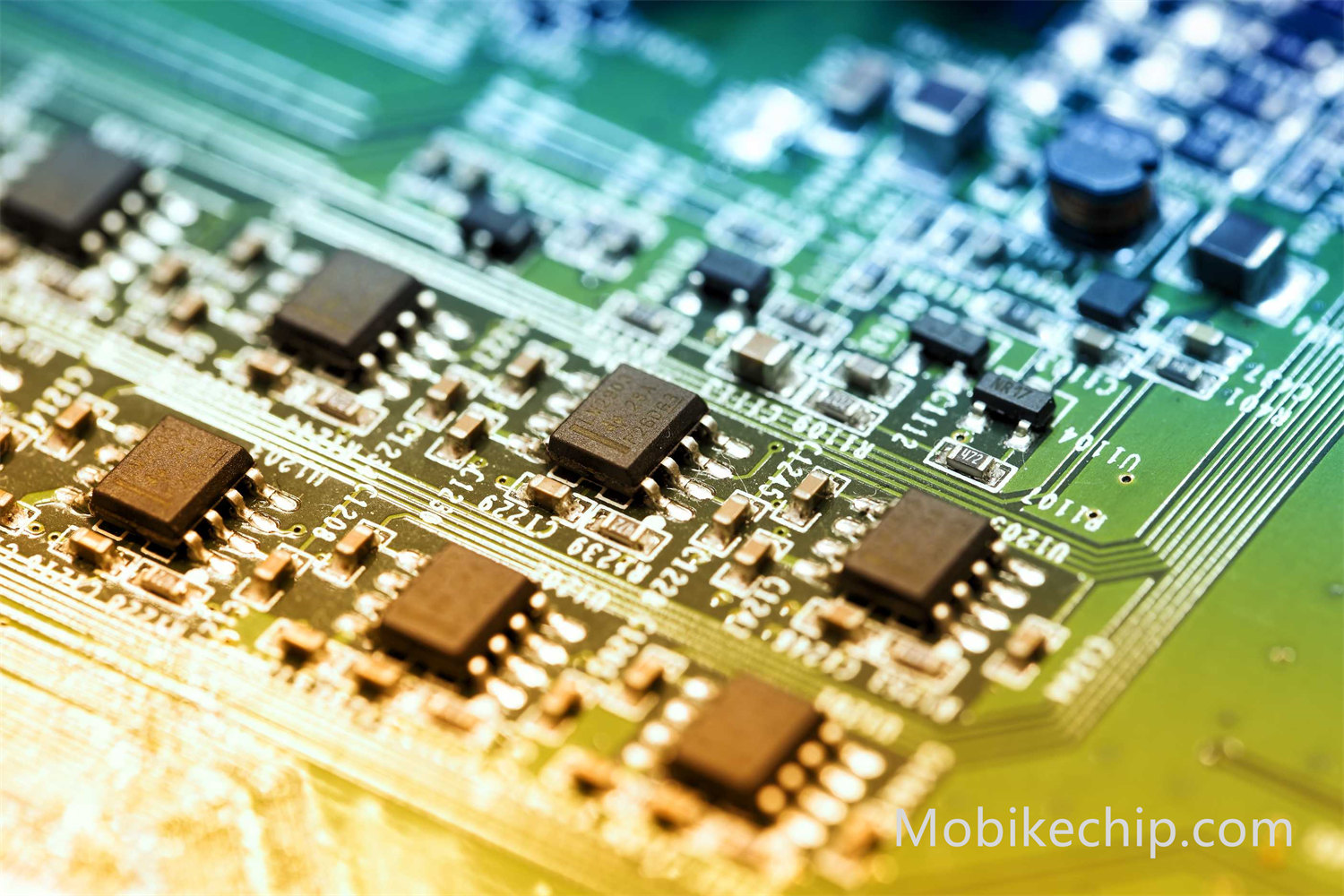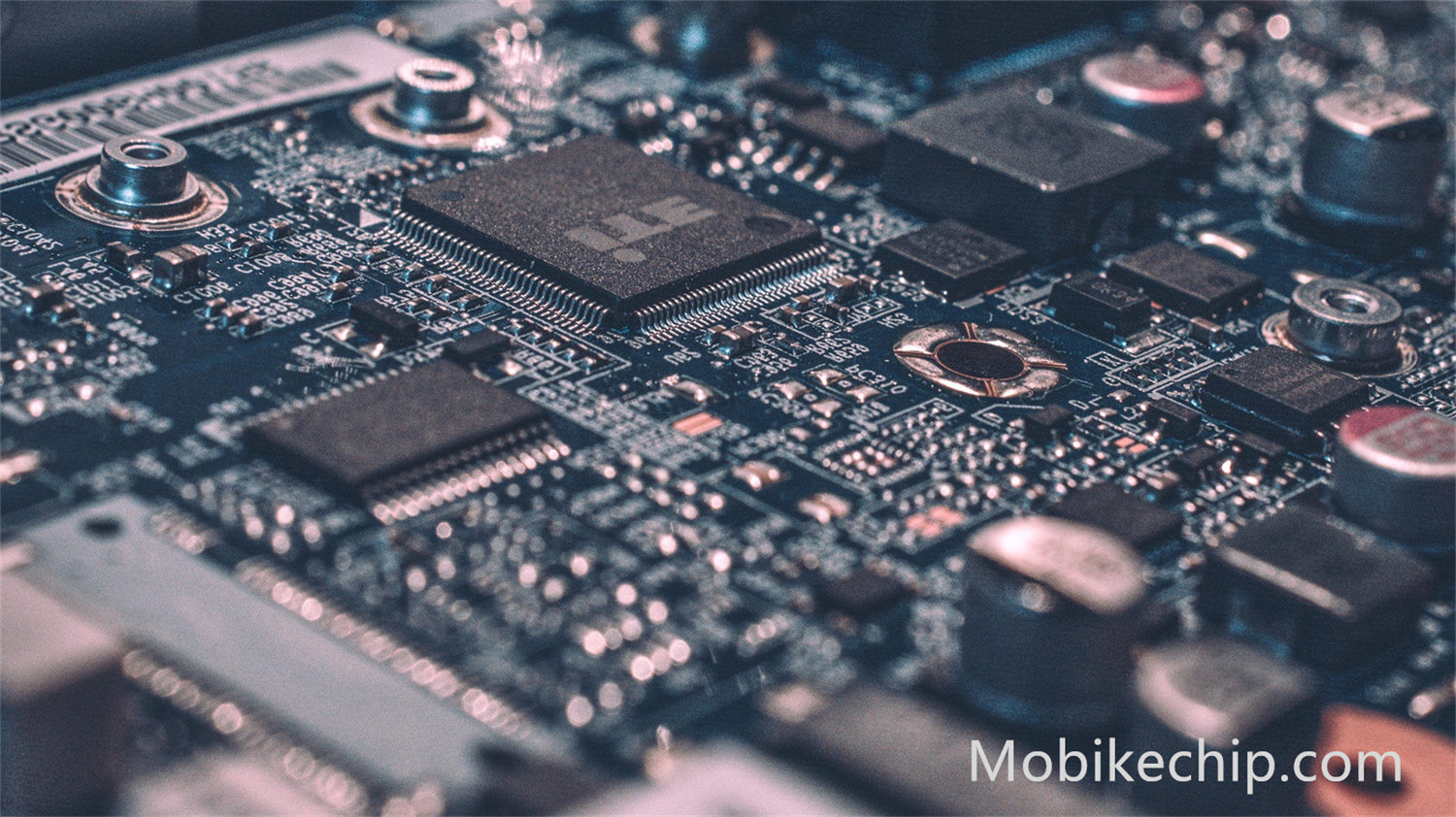Microprocessors Maker: The Heart of Modern Computing -Mobikechip
Microprocessors, often referred to as the brains of modern electronics, are integral components of countless devices we use every day. From powering smartphones and computers to driving industrial automation systems, these versatile chips handle complex processing tasks that enable functionality across a wide range of applications.
In this article, we’ll explore the architecture, working principles, applications, and advantages of microprocessors to understand their critical role in today's technology landscape.

Understanding Microprocessors: What They Are and How They Work
A microprocessor is a programmable integrated circuit that performs arithmetic, logic, control, and input/output (I/O) operations as directed by a set of instructions. Essentially, it serves as the central processing unit (CPU) of a computer system but is contained within a single chip.
Core Components of a Microprocessor
- Arithmetic Logic Unit (ALU): Handles arithmetic operations (addition, subtraction, etc.) and logical functions (AND, OR, etc.).
- Control Unit (CU): Directs the flow of data and instructions between components.
- Registers: Small storage areas within the chip for temporarily holding data and instructions.
- Clock: Synchronizes operations and determines processing speed.
- Bus Interface: Facilitates communication between the microprocessor and other components like memory and I/O devices.
How a Microprocessor Operates
The functioning of a microprocessor is based on the fetch-decode-execute cycle:
- Fetch: The microprocessor retrieves an instruction from memory.
- Decode: The control unit interprets the instruction.
- Execute: The ALU or other components perform the instructed operation.
This repetitive cycle allows microprocessors to execute millions of instructions per second, driving the functionality of the devices they power.
Types of Microprocessors
Microprocessors vary significantly in complexity and application. The two primary categories are:
General-Purpose Microprocessors
These chips are designed for versatility and are found in personal computers, smartphones, and servers. Examples include Intel’s x86 processors and ARM-based chips widely used in mobile devices.
- Applications: Computing tasks, internet browsing, gaming, and software development.
Application-Specific Microprocessors
Tailored for specific tasks, these microprocessors are used in embedded systems and devices like washing machines, routers, and medical equipment. Examples include microcontrollers and digital signal processors (DSPs).
- Applications: Industrial automation, automotive electronics, and healthcare devices.
Key Applications of Microprocessors
Microprocessors have become indispensable across various industries due to their ability to perform complex computations and control tasks. Here are some of their most significant applications:
1. Consumer Electronics

In consumer electronics, microprocessors form the core of devices like smartphones, laptops, and smart TVs. They enable features such as high-speed data processing, gaming, and multimedia playback.
- Example: The Apple A-series and Qualcomm Snapdragon processors power modern smartphones, delivering high performance for gaming and multitasking.
2. Industrial Automation
Microprocessors drive industrial automation by controlling machinery, processing sensor data, and enabling communication between devices.
- Example: Microprocessors in programmable logic controllers (PLCs) handle real-time control tasks in manufacturing systems.
3. Automotive Systems
Modern vehicles rely on microprocessors for features like engine control, infotainment systems, and autonomous driving.
- Example: Tesla’s Full Self-Driving (FSD) computer utilizes microprocessors to process data from cameras, radar, and other sensors, enabling autonomous navigation.
4. Healthcare and Medical Devices
Medical equipment, such as MRI machines, patient monitors, and wearable fitness trackers, incorporate microprocessors to provide precise functionality and data analysis.
- Example: Wearable devices like Fitbit use microprocessors to monitor health metrics such as heart rate and physical activity.
Advantages of Microprocessors
Microprocessors have reshaped the technological landscape due to their numerous benefits, including:
1. Versatility
Microprocessors can perform a wide variety of tasks, from simple computations to complex data analysis, making them suitable for diverse applications.
2. Compact Size
Modern microprocessors are compact and integrate millions of transistors on a single chip, enabling the miniaturization of electronic devices.
3. High Performance
Advancements in architecture and semiconductor technology have significantly increased the processing power of microprocessors, enabling faster and more efficient operations.
4. Cost-Effectiveness
Mass production of microprocessors has made them more affordable, allowing manufacturers to incorporate advanced processing capabilities into a wide range of devices.
5. Energy Efficiency
Low-power microprocessors, particularly in mobile and embedded applications, have been optimized to deliver high performance while consuming minimal energy.

The Future of Microprocessors
Microprocessors continue to evolve, driven by trends like artificial intelligence (AI), edge computing, and quantum technology. The integration of AI capabilities into microprocessors, such as AI accelerators, is enabling real-time data processing for applications like facial recognition, autonomous vehicles, and IoT devices.
Moreover, ongoing advancements in semiconductor manufacturing, such as the transition to 3nm and 2nm process nodes, promise further improvements in speed, energy efficiency, and integration.
Conclusion
Microprocessors are the cornerstone of modern technology, enabling innovation across industries ranging from consumer electronics to healthcare and automotive systems. Their adaptability, performance, and efficiency make them an essential component in today’s connected world.
At MobikeChip, we pride ourselves on offering a wide range of high-quality microprocessors from leading manufacturers. Whether you’re designing a new consumer device or upgrading an industrial system, we’re here to support your needs with competitive pricing and reliable service.
About Us
MobikeChip offers a broad range of genuine electronic components from over 2,600 manufacturers at competitive prices. Our product portfolio includes Integrated Circuits (ICs), Discrete Semiconductor Products, Resistors, Capacitors, Relays, Switches, Transformers, Sensors, Transducers, Inductors, Coils, Chokes, Potentiometers, Variable Resistors, Crystals, Thermal Management products, and more.
Category page: Microprocessors-Embedded-Manufacturers-Dealer-MobikeChip
Reprinted from: https://www.mobikechip.com/static-blog-detail/179.html
Comments
Post a Comment